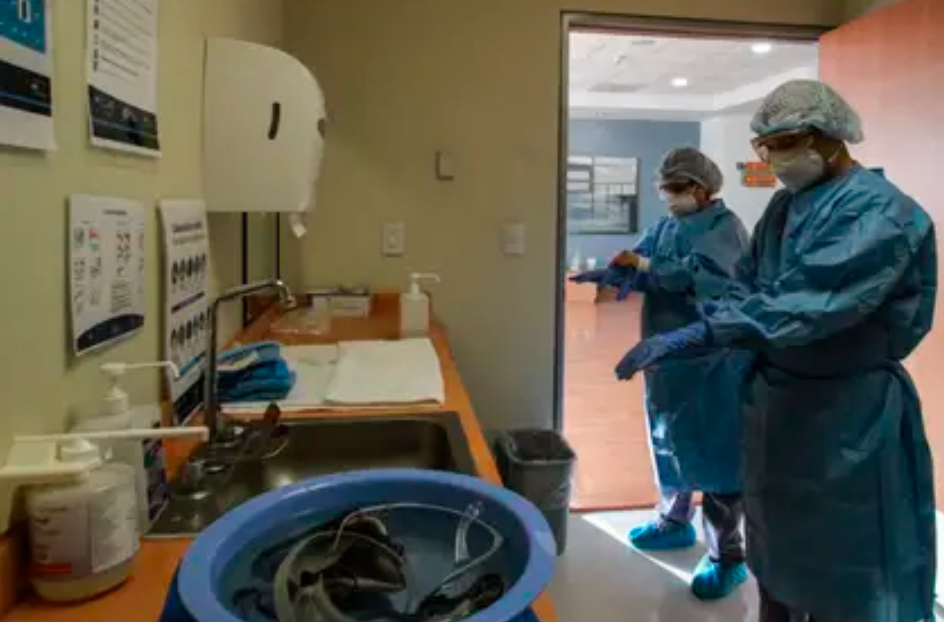Many of the municipalities in Mexico that are on the list of those authorized to return to their activities will not do so because their leaders fear that this will lead to infections of the coronavirus.
“We inform you that this community will maintain and, where appropriate, reinforce preventive measures to avoid infections,” announced the authorities of Ixtlán de Juárez, one of the towns in the northern highlands of Oaxaca, in the south of the country, with dozens of enclaves without infected people.
The Andrés Manuel López Obrador government gave the green light to more than 300 municipalities to resume non-essential activities and classes on Monday, but most local leaders chose to maintain social distancing measures to prevent the spread of the coronavirus.
Doctors around the world have expressed fear that a reopening will generate a resurgence of cases, as recently happened in Chile and Guatemala, especially when the numbers in Mexico continue to rise. The confirmed cases in the country exceed 51,600 with at least 5,332 deaths, although both figures would be well below the real ones because the tests for the detection of COVID-19 are very limited.
Despite this, López Obrador has insisted on reviving the economy where possible, and even expanded the essential tasks allowed to construction, mining and the automotive industry.
“Today the social productive activity is beginning to open in some cases where it has been agreed and classes can restart. We are talking about around 300 municipalities where there are no infections,” he said Monday.
Oaxaca Governor Alejandro Murat announced on Sunday that social isolation measures will remain in the 213 municipalities in his state that received the federal green light, and that no school, nor those in areas with zero infections, will be reopened until June.
Miriam Pascual, director of the Yureni non-governmental organization and defender of human rights in the northern highlands of Oaxaca, where there are fifty such towns, celebrated the achievement of the indigenous communities and explained that, although their leaders took radical measures with closures, curfews and even a ban on the gathering of groups of people to speak on the streets, were successful because they had the support of the people after campaigning on community radio or through radio stations.
“Measures that would seem extreme in the city, here they are done because here the circumstances are also extreme: there are no doctors, to get to the basic hospital you travel five hours on dirt roads, and they are communities without telephone, without internet, of high marginality and discrimination,” he explained to the AP.
Behind Oaxaca, Jalisco had 23 municipalities that could return to their activities, followed by Sonora (16), Puebla (13) and Guerrero (10), but the reaction of most local or state authorities has been the same: the preventive measures will continue and there will be no return to class.
Although Jalisco has 23 municipalities with the green light to reopen, the federal government has sent mixed messages by announcing that Jalisco is just at the beginning of the pandemic, based on their projections, and the state would not see a peak until possibly August.
Many of the municipalities in Mexico that are on the list of those authorized to return to their activities will not do so because . . .












